What is the difference in a Goldendoodle and an English Goldendoodle?
A Goldendoodle is the cross between and American Golden Retriever the typical red retriever most people think of when they hear Golden Retriever and a Poodle. An English Goldendoodle is the cross between an English Golden Retriever and a Poodle.
Why an English Cream Golden Retriever?
We did a lot of research on Goldens and found these beautiful dogs. Although not all are cream the majority are and we decided to go with a light cream because to me those are the most beautiful. English Goldens have a blockier build to them and have a 23% less chance of getting cancer than the American Golden. On average they have a longer lifespan of a year and seven months. English Goldens also have a more calm temperament and are less likely to be hyper all the time.
Body Description: An English Goldendoodles body is heavier than that of a Standard Poodle. Their coat can be anywhere from 4 to 7 inches long. They have more of a teddy bear face and can range anywhere from 50-100lbs.
Sizes:
- Standard-averages 20 to 24 inches in height and weighs 50 to 100 pounds.
- Medium-averages 17 to 20 inches; the weight is 40 to 50 pounds.
- Miniature-averages 13 to 20 inches in height and 15 to 35 pounds in weight.
**Note: We only breed Standard and Medium sized**
Living Conditions and Exercise: Goldendoodles require a moderate amount of exercise and their coats are generally low maintenance. They can live in the city or on a farm. Apartment living will work they will just need more exercise than those with a yard. They are social dogs and they are happiest when they are with people.
Life Expectancy: The average lifespan is 15 years
Grooming: Goldendoodles need brushing about every other day. I suggest during the coat change from puppy hair to adult hair which will happen somewhere between 6 months to a year that they be brushed every day to avoid matting. They need to be groomed every 6-8 weeks depending on how much coat maintenance you want to do. A traditional doodle cut is the 6-8 week schedule you can wait longer or go more often again depending on your preference of style and coat length.
Goldendoodle Generations
First Generation English Goldendoodles – F1: An F1 Goldendoodle is the product of a English Cream Golden Retriever and a Poodle. As first generation hybrids, these dogs have the added health benefits associated to Hybrid Vigor.
Hybrid Vigour: is when unrelated breeds of any species are crossed with the offspring in the first generation will be more healthy, fertile, and mentally stable than either parent breed. (I wrote a blog about Hybrid Vigor go read it to find out more)
Coat Maintenance: moderate to high care
Coat Description: Coat grows to a natural body length of 3-5 inches which requires combing and occasional grooming. Many choose to have the fur cut back once every few months to keep the fur shorter and easier to maintain. Coats are usually wavy or curly, with a rare shorter hair coat.
Shedding: mostly very light to non-shed
Allergy Friendliness: usually successful in families with mild allergies. When a family has moderate to severe allergies, a backcross doodle is recommended.
First Generation Backcross Goldendoodles – F1b: A backcross pup is the result of a hybrid bred back to one of its breeds of origin. From a genetic standpoint, a backcross pup is a first generation cross. As breeders are breeding towards non-shedding and allergy friendliness, a backcross Goldendoodle is generally the product of a Goldendoodle bred to a Poodle. The resulting dog is, on average, 1/4 Golden Retriever and 3/4 Poodle. Although there is less vigour in this crossing than in the original hybrid, the first generation backcross still is close enough in the breeding tree to benefit from hybrid vigour. With each successive generation, vigour is lost.
Coat Maintenance: moderate to high care
Coat Description: Coat continues to grow in length although similar in appearance to a first generation Goldendoodle. Coats are wavy or curly.
Shedding: very light to non-shed
Allergy Friendliness: recommended for families with moderate to severe allergies.
Second Generation Goldendoodles – F2: An F2 is the result of an F1 Goldendoodle bred to an F1 Goldendoodle – and there are very few of these actually bred as the second generation hybrid is genetically the most varied generation possible. Most Goldendoodle breeders breed a backcross instead of this generation, as the pups are more predictable, and work well for people with allergies
Coat Maintenance: varies on the coat type
Coat Description: The coat can be a hair coat, wavy coat, or curly coat.
Shedding: varies greatly from shedders to non-shedders
Allergy Friendliness: not recommended for families with allergies, due to the varying coat types.
**This is a cross we will never do and I believe no reputable doodle breeder will because of the unpredictable nature of this generation.**
Second Generation Backcross Goldendoodles- F2b: A second generation backcross pup (F2B) is the result of a Goldendoodle (F1) bred to a Goldendoodle backcross (F1b). Although three generations in the making, F2Bs are technically second generation dogs. 1st generation pup – Golden Retriever x Poodle – F1 1st generation pup – Goldendoodle x Poodle – F1b 2nd generation pup – Goldendoodle backcross x Goldendoodle – F2B Hybrid vigor is still exhibited in this generation though some is lost every generation.
Coat Maintenance: moderate to high care
Coat Description: Coat continues to grow in length although similar in appearance to a first generation Goldendoodle. Coats are wavy or curly.
Shedding: mostly non-shed
Allergy Friendliness: recommended for families with moderate to severe allergies.
Goldendoodle Hair
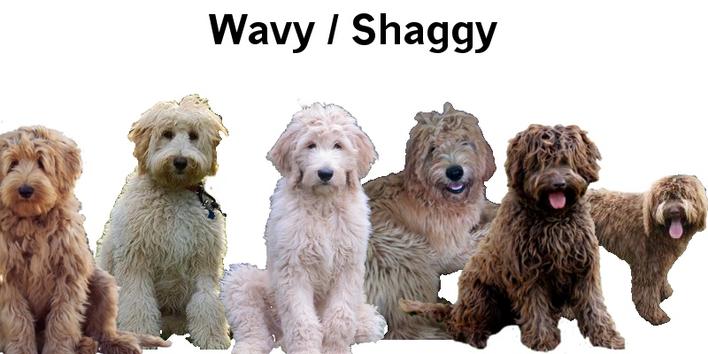
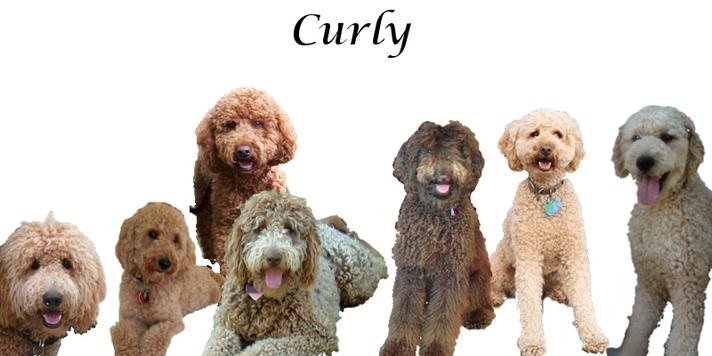
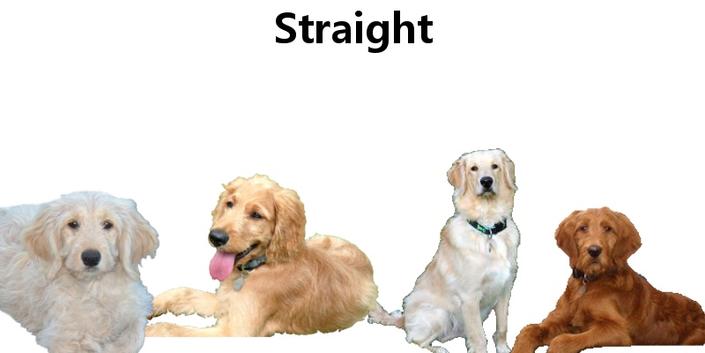
Goldendoodle Coat Colors
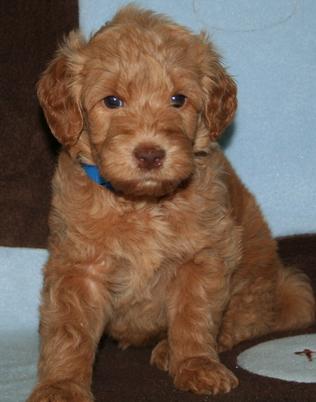
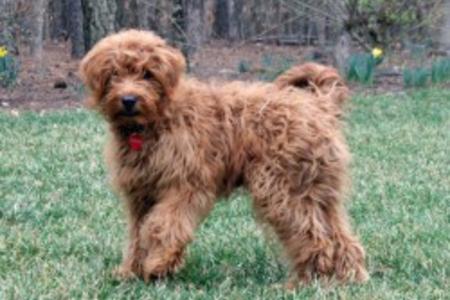
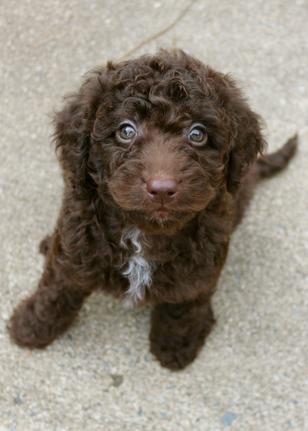
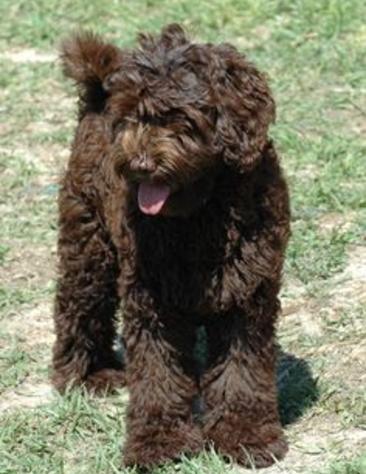
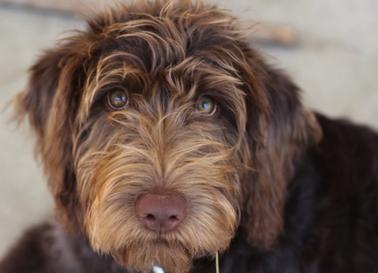
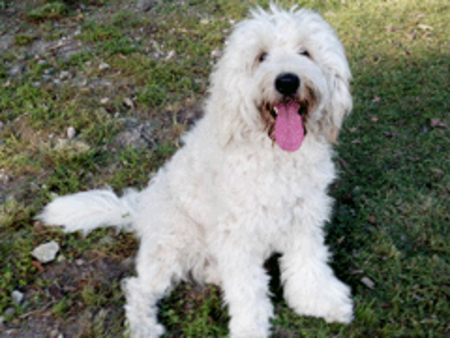
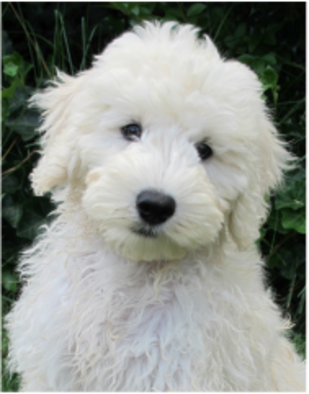
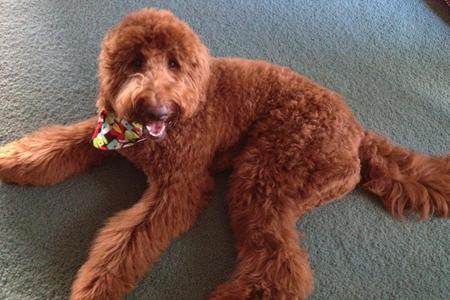
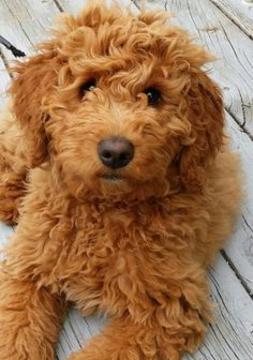
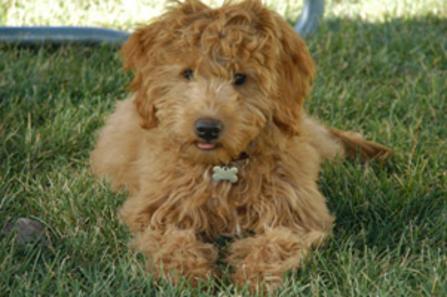
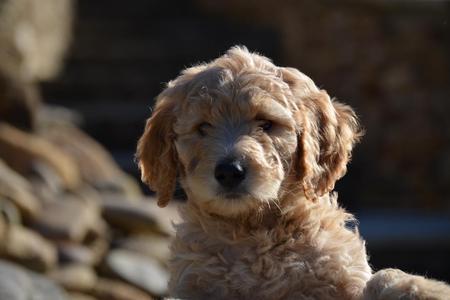
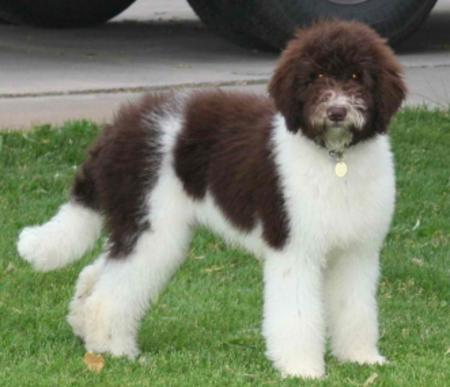
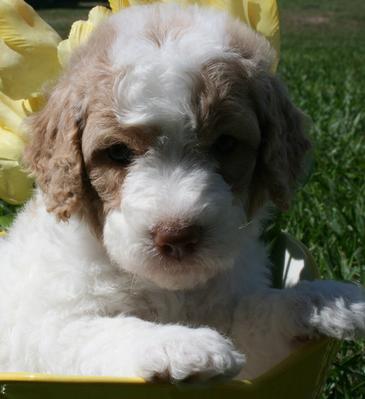
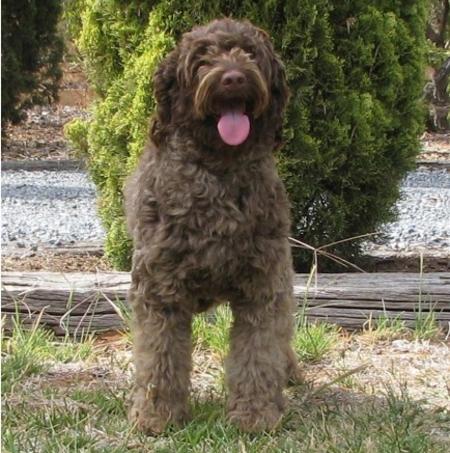
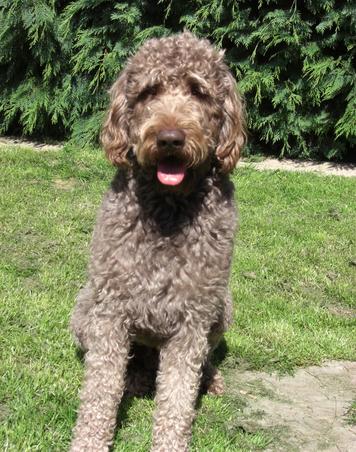
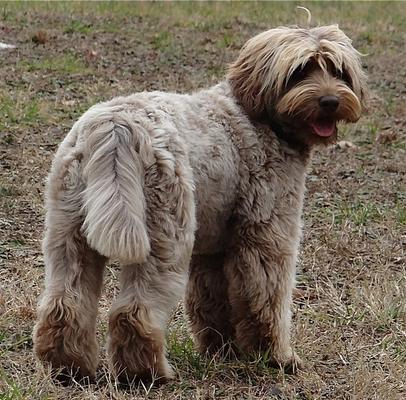
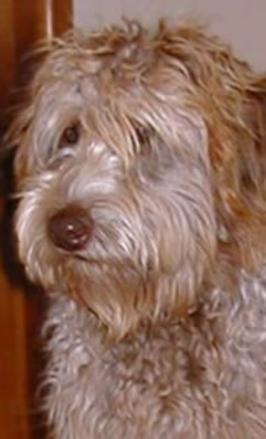
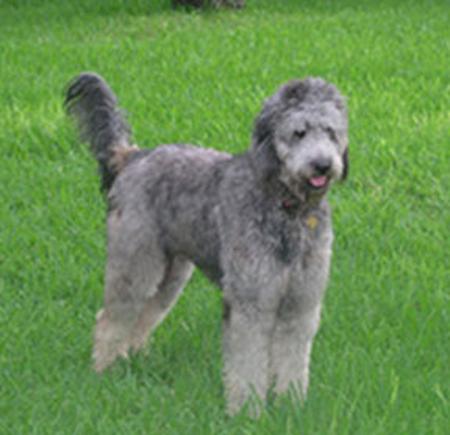
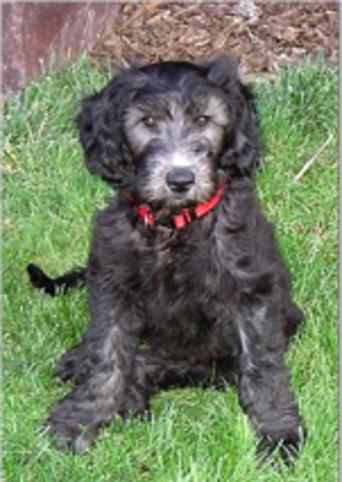
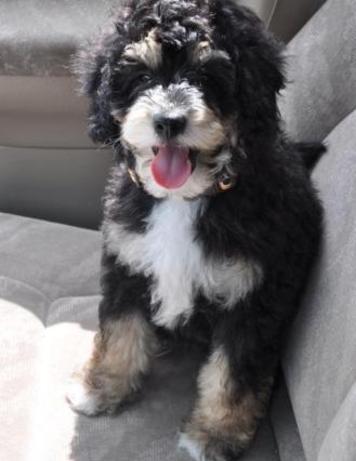
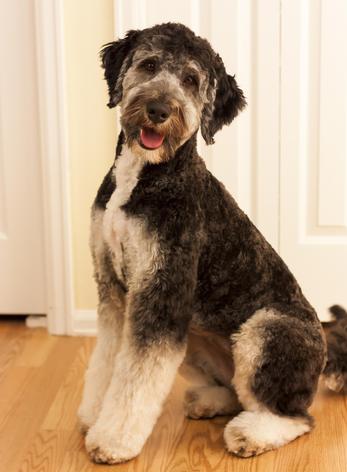
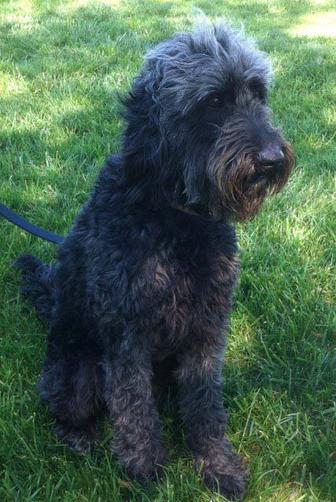
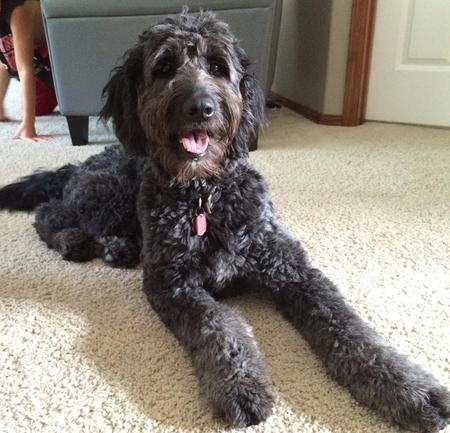
**Note these pictures are just to represent the colors. We do not necessarily breed for all of these**

